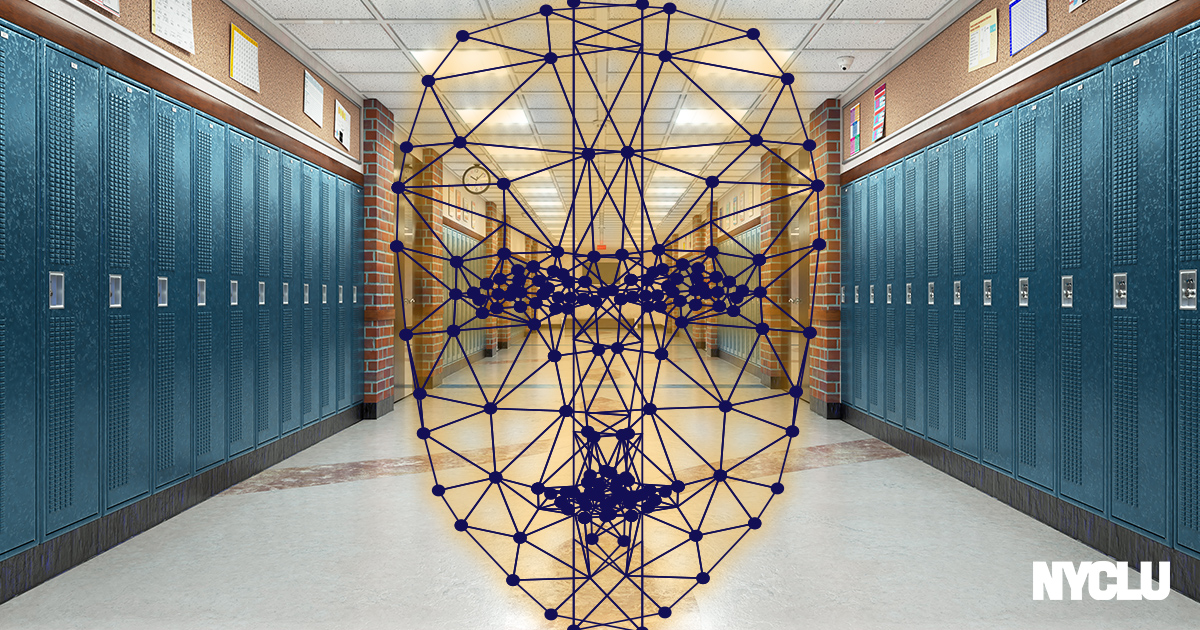Protect Students' Right to Learn Free from Censorship
As bold as the spirit of New York, we are the NYCLU.
Donate
© 2024 New York
Civil Liberties Union
Civil Liberties Union

Last year, New York State placed a moratorium on the purchase or use of any “biometric identifying technology” in a New York school until at least July 2022. This means no school can purchase or use this technology. If you think your school is violating the new law, please contact us at schools@nyclu.org.
The law also requires the New York State Department of Information Technology Services to conduct a study in partnership with the New York State Education Department on whether and under what conditions such technologies, including facial recognition technology, should ever be used in schools.
